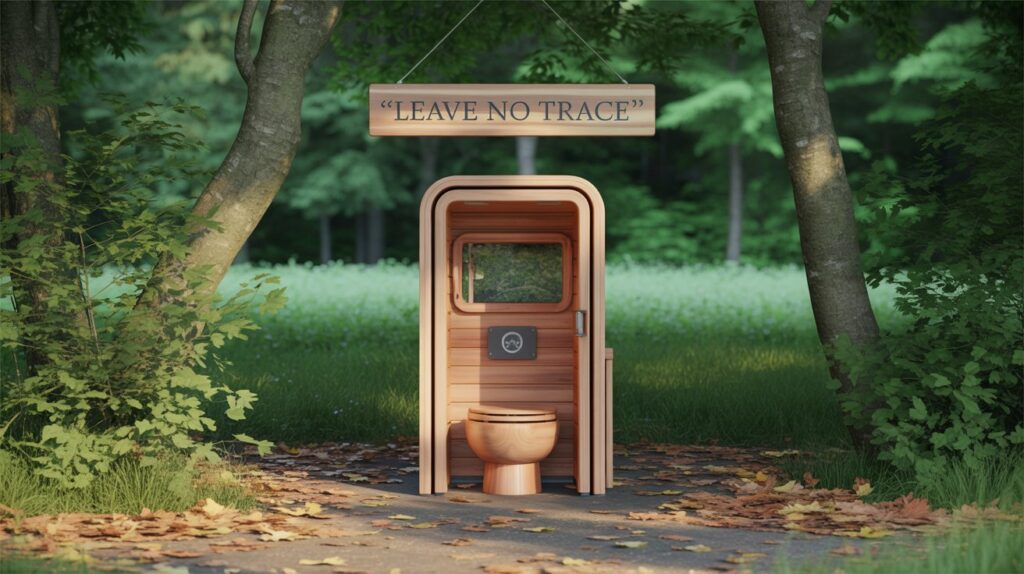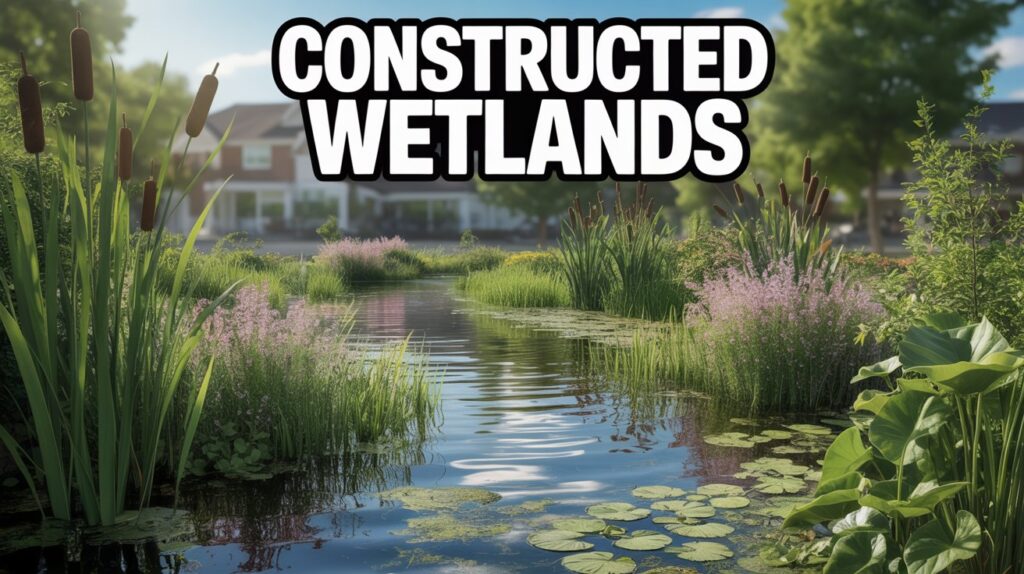Have you ever found yourself grappling with the headaches of maintaining a septic tank system? Maybe you’ve pondered alternatives that might ease the burden of costly repairs or frequent maintenance. Septic tanks are a critical part of wastewater management for many homes, but they aren’t the only option you have at your disposal. Understanding alternative solutions might not only save you from some of the inefficiencies associated with traditional systems but could also provide eco-friendly benefits.

Understanding Septic Tanks and Their Challenges
Septic tanks are designed to treat and dispose of wastewater from your home. Installed underground, this system typically collects wastewater from bathrooms, kitchens, and laundry rooms, gradually breaking it down. While they are an effective solution for many rural homes not connected to a municipal sewer system, septic tanks come with their own set of challenges.
Common Issues with Septic Tanks
Septic tanks, though effective, can pose several problems for homeowners. From blockages and leaks to unpleasant odors and groundwater contamination, these issues can become major headaches. Maintaining a septic tank requires regular inspection and pumping, which can be inconvenient and costly over time.
Environmental Concerns
Traditional septic tanks aren’t always the most environmentally friendly option. They can lead to groundwater pollution if they malfunction or are improperly maintained. With rising awareness about environmental sustainability, finding greener alternatives has become more critical for conscious homeowners.
Alternatives to Septic Tanks
So, what’s out there if you’re considering stepping away from conventional septic systems? You’ll be glad to know there are various innovative and eco-friendly alternatives to explore.
1. Aerobic Treatment Systems (ATS)
Aerobic Treatment Systems are an advanced version of traditional septic systems, which utilize oxygen to break down waste more efficiently. These systems employ aerobic bacteria, which require a regular supply of oxygen to thrive, thus treating wastewater faster and more thoroughly.
Advantages of ATS
- Efficiency: Unlike anaerobic septic systems, ATS can treat waste more completely, reducing the risk of groundwater contamination.
- Space Saver: ATS typically requires less space due to their high processing efficiency.
- Reduced Odor: The process of aerobic digestion often leads to less offensive odors.
Considerations for ATS
- Cost: These systems can be more expensive to install and maintain than traditional septic tanks.
- Power Dependency: ATS requires a continuous power supply to function effectively.
2. Constructed Wetlands

Constructed wetlands are an innovative, eco-friendly solution where a man-made wetland area treats wastewater naturally. By mimicking the purifying properties of natural wetlands, these help in the absorption and filtration of household wastewater.
How Constructed Wetlands Work
- Natural Filtration: Plants and soil biologically treat wastewater as it flows through the system.
- Eco-Friendly: This method promotes biodiversity and supports local ecology.
| Advantages | Considerations |
|---|---|
| Eco-friendly | Requires large land area |
| Low maintenance | Initial setup can be costly |
| Supports local wildlife | May not be suitable for all climates |
3. Composting Toilets
If you’re looking to significantly reduce water usage, composting toilets might be your answer. They can be standalone units or part of a larger system and convert human waste into compost over time.
Benefits of Composting Toilets
- Water Conservation: They use little to no water, a significant advantage in drought-prone areas.
- Nutrient Recovery: The end product can be used as a nutrient-rich fertilizer.
- Reduced Sewage Needs: Less wastewater sent to treatment facilities.
Essential Insights
- Maintenance: Regular maintenance and proper usage are crucial to prevent unpleasant odors.
- Acceptance: Users may need time to adapt to the concept due to traditional plumbing expectations.
4. Greywater Systems
Greywater systems take a sustainable approach by collecting used water from showers, sinks, and washing machines (not toilets) and repurposing it for other uses like irrigation.
Advantages of Greywater Systems
- Water Savings: Excellent for reducing water consumption and reusing water resources efficiently.
- Landscaping Benefits: Nutrient-rich water can help improve plant health.
Important Considerations
- Installation Complexity: Requires professional installation to ensure safety and efficiency.
- Regulations: Local water safety regulations may impact system implementation.
Making the Right Choice
Choosing the right alternative depends heavily on your location, property size, personal preference, and environmental goals. Here are some questions to guide your decision:
- What’s your budget? Consider both the initial setup and the long-term maintenance costs.
- How much space do you have? Some systems require more land than others.
- Is water conservation a priority? Options like composting toilets and greywater systems excel in water savings.
- What is the local climate? Climate can influence how effective or practical an option might be in your location.
- Regulatory Environment: Ensure the system meets local regulations and receive any necessary permits.
Final Thoughts
Choosing an alternative to septic tanks is not just about addressing the technical challenges of your home’s wastewater management system. It’s also an opportunity to contribute to environmental sustainability and reflect on resource usage. Explore innovative technologies and shift towards more sustainable living to align with both personal and global ecological goals. By understanding the options and considering your specific needs, you’re well on your way to making an informed and responsible choice.

